If your formerly shiny, new Windows 10 PC has begun to lose some of its luster, there are ways to put a little pep back in its step. Here are some quick, easy ways to improve its performance without swapping out any hardware.



Desktop & Laptop Repairs & Troubleshooting
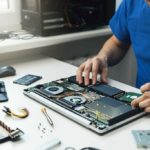
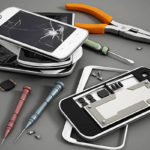
Mobile Phones & Tablets Repairs & Troubleshooting
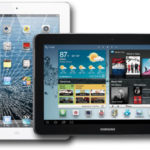

Software Installations & Activations
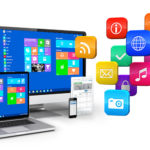

Virus Removals & Maintenance
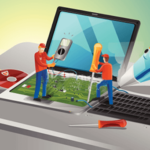

Logos & Business Cards Designing


Website Design, Creation & Hosting


FAQS...
Which Windows Operating System is the best?

One Operating System for All Devices: Windows 10
Microsoft Windows 10 is a unique and single operating system that works on all your devices, ranging from mobile phones, personal computers, servers, enterprise PC, gaming PC, gaming consoles, tablets, augmented, virtual and mixed reality devices(like HOLOLENS) to the internet of things and other embedded systems.
Bringing all devices under one roof will boost the Software development industry, as the programmers will now have to develop an application that is readily available on all the devices sharing the same core platform.
Also Windows 10 is under ‘always-developing and evolving’ OS presented as WAS(Windows as Service). So no worry about security paying for the new updates like in old dates.
Unlike Apple’s operating systems that is different for different platform, OS X for desktop computers and iOS for mobile devices, which limit software developers from developing common applications for both the platforms.
Also you can continue your work on any webpage or image or documents from android to Windows 10 via newly introduced universal timeline feature in Windows 10 Fall Creators Update. Such a revolution is brought with keeping in mind the future advancements in the technology, where people are more reliant on the internet digital devices.
Android Or IOS?
Google’s Android and Apple’s iOS are operating systems used primarily in mobile technology, such as smartphones and tablets. Android, which is Linux-based and partly open source, is more PC-like than iOS, in that its interface and basic features are generally more customizable from top to bottom. However, iOS’ uniform design elements are sometimes seen as being more user-friendly.
You should choose your smartphone and tablet systems carefully, as switching from iOS to Android or vice versa will require you to buy apps again in the Google Play or Apple App Store. Android is now the world’s most commonly used smartphone platform and is used by many different phone manufacturers. iOS is only used on Apple devices, such as the iPhone.
Comparison chart
How to make computer run faster?
Make your PC faster without installing an SSD.
How to choose the right laptop to Buy?
How to choose the right laptop for you
Everything you need to know.
Make an informed choice when picking up your next laptop.
If you’re in the market for a new laptop, you’d be forgiven for feeling a little bewildered by the amount of choices. There are, after all, a huge selection of models on the market, what with hardware makers pushing out dozens of new models every year.
The good news is that you don’t need to look at every single laptop out there in detail, because you can quickly narrow your options down by asking a few questions about what you want in your next computer.
Don’t forget price and hands-on appeal
Two final tips: Use laptop reviews in tech publications to get a sense of which machines are currently more impressive than others, and actually walk into a store to handle some sample laptops. This can give you a feel for screen sizes, build quality, and so on—even if you intend to buy online.
How to claim Warranty?
The items need to be taken back to the reseller. They don’t use warranty cards for things like this anymore, it’s all electronic.
If you remember where you bought it from, you can either look up yourself or ask for an invoice. That’s your warranty start date.
If not, you have the device serial number and can use that to make a claim. The only problem with this is if you’re borderline on the expiration date, the manufacture date may be enough before your purchase date to put you past warranty expiration unless the sale was reported to the manufacturer.
What is covered by Warranty?
Laptop Warranty: Coverage
Do you know what problems your laptop will be covered against? The majority of laptop warranties will cover hardware problems that were not caused by the owner, such as defective keyboards, monitor problems, modem or other issues with internal components. The laptop warranty generally covers the parts and labor for repairs that are dead on arrival or on the onset of purchase.
A laptop warranty will also spell out what actions on your part will void the warranty. Something as simple as opening the case and breaking a seal can be enough to void a warranty – even if you just wanted to take a peek inside. If you have no worries about opening the laptop casing, will removing, changing or adding new internal components void your warranty? You have to know this kind of information before you buy your laptop; this is not what you want to learn after the fact.
What is not covered by Warranty?
What Isn’t Covered:
Damage to or loss of data is another item which is not covered by a laptop warranty. A laptop warranty will state quite clearly that any problems associated with software – whether bundled or installed by you, it will not be covered under the laptop warranty.
You won’t find coverage for theft, damage or breakage caused by the owner in a laptop warranty. Those would be covered by an insurance policy.
Driver Downloads
HP:
https://support.hp.com/us-en/drivers
Lenovo:
Asus:
https://www.asus.com/my/support/Download-Center/
Dell:
https://www.dell.com/support/home/en-us?app=drivers
Toshiba:


